I caution most travellers to take their leave in spring, despite the hit to my revenue. And each year, some fool won't heed the warnings, and when the pollen flies I'll find them unmasked and collapsed in some courtyard corner like they're drunk after a party. But it's no amusing incident. You try tending to such fools when their entire body fights against movement.— Füloi Staugothe, owner of the Radiant Bay Inn in
Zdähazosh
Porriha Coral is a unique species found only on the island of
Xörrodha and its surrounding waters. Towering over the damp craggy rocks and limestone buildings, they dictate the lives of all other life on the island with their sleep-inducing pollen.
Characteristics
Individual corals grow to be 4 metres tall on average, though the largest is believed to be over 20 metres in height. Formed from stony cylindrical branches, they vary in shades from oranges to reds and the rarer pinks and purples. Some form like trees and others form more like prickly bushes, sprawling to cover wide areas and grasp for sunlight and nutrients in the craggy soil.
When they are found below the waves, the tips of their branches will often peek above the surface of the water and form a hazard for passing boats. Unlike their land-based cousins, the water porriha tend to be shorter and more cool-toned, making them harder to see even for experienced sailors.
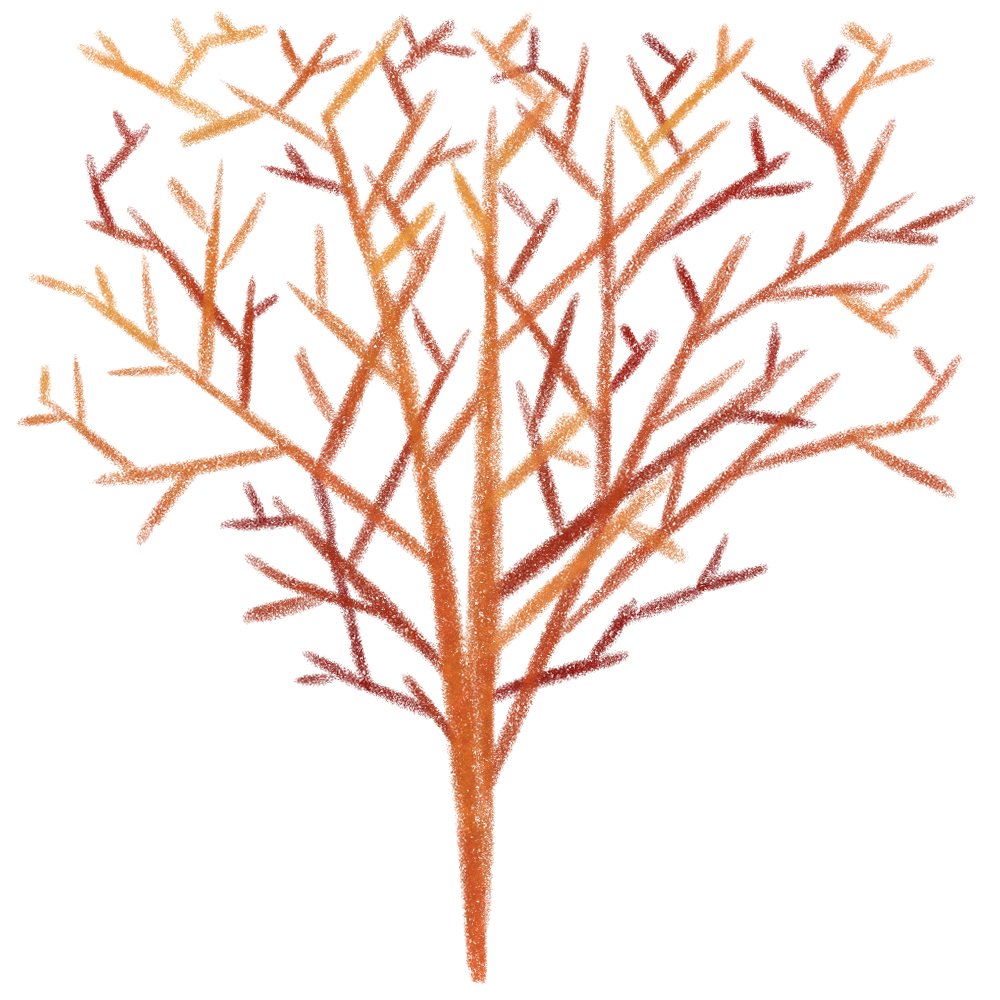
Porriha Coral by Isaac Thompson
Porriha coral is very long-lived, with some specimens confirmed to predate
The Collision which facilitated their discovery, and expected to live for hundreds if not thousands of years beyond the present. They are only found on Xörrodha and its immediate surrounds, and are not found on every rock on the island - the mountainous inland is surprisingly devoid of the coral, with the stronger winds and harsher sun leaving them stunted.
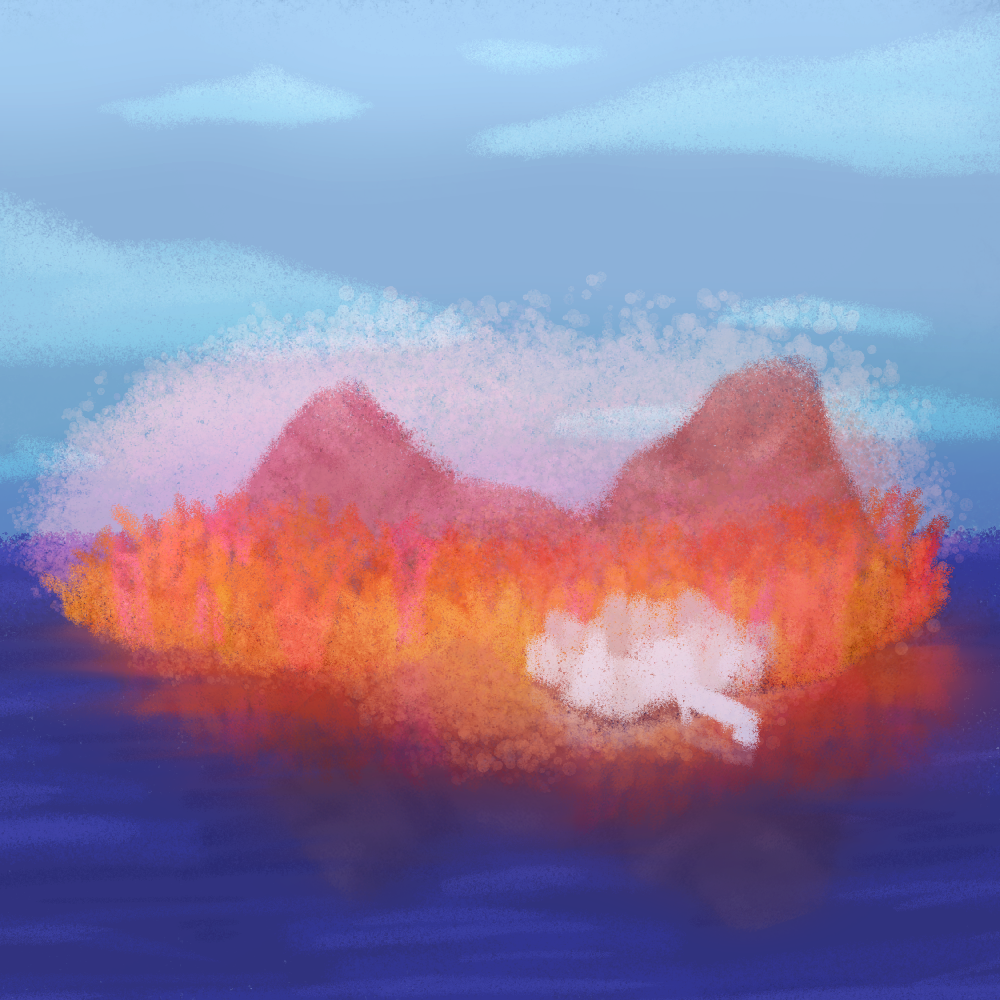
Xörrodha in 'bloom' by Isaac Thompson
Reproduction
Porriha coral reproduces in two ways - through the release of 'pollen' into the air, and through splitting branches which then continue to grow wherever they land. It is the former method that gives the coral its infamy, as this pollen has the ability to cause intense fatigue in other creatures.
Porriha can release this pollen at any point throughout the year, but they most frequently do so on spring nights, showering Xörrodha in a shimmer of warm-toned particles. This pollen collects onto carrier coral, which will fertilize and facilitate the growth of new plants.
Uses
Porriha coral has a wide array of uses, though these are often localised only to Xörrodha and the nearest shores of mainland
Thurásin.
Due to its vibrant colours and its rarity, Porriha coral fragments can be found in the jewellery of the rich. With safe handling they can be turned into beads for necklaces and bracelets, or carved into more solid pieces. These are almost always coated with a layer of resin or lacquer to prevent any sleeping properties while in use, though it is not unheard of for more dastardly individuals to acquire unlacquered jewellery for nefarious purposes.
The exhaustion caused by the Porriha 'pollen' and coral can be harnessed productively in certain circumstances. Notably, a Porriha powder can be found throughout Xörrodha as an anaesthetic. Most medicines come from crushed coral plants, as these keep their sleep-inducing properties longer. Pollen-derived medicines can be used, being far more potent but fading faster.
These properties can be completely ignored if Porriha coral is used as a building material, which only occurs on Xörrodha. In this instance, coral chunks are boiled in pots and vats to kill off all the sleep-inducing organisms, simultaneously bleaching the coral into a bright white material similar to limestone. It can then be crushed and the powder used to create bricks or cement. A downside of using coral limestone in construction is that it weathers easily in the rain, and as such many buildings on Xörrodha need to be repaired annually or after substantial storms to prevent collapse.
Worth
Being entirely unique to the island of Xörrodha, pieces of Porriha Coral can be sold for high prices to distant lands, with its brilliant colouration and rarity being the main draws. It is at least partly for this purpose that the dangerous coral forests are ever braved, in order to collect more coral for selling, medicine, and manufacturing, as well as to clear land for more houses on the island.
Despite this, many on the mainland do not see holding the island as being worth the hassle and pain inflicted on those who have to live there. Citizens of the
Republic of Chäladom - which holds a small territory in the island's south - see very little benefit from the coral trade, and have been advocating for leaving the area.
This feeling is not echoed by those in the island's north, which is a territory held by the
Kingdom of Sambogen . For the Sambogayo, holding the northern ports means influence over the many ships which travel through the strait between the island and the mainland. Putting up with some sleepy coral, especially when that coral is worth a great deal when handled correctly, seems a small price to pay.
Cures and Treatment
As of the year
39 Return, no cure or neutralisation for the effects of Porriha coral exist. Many have been suggested and tested with only minimal success. The most common of these folk-cures is milk, which needs to be imported from the mainland due to Xörrodha's inhospitable landscape for cows. Others include consuming raw eggs or eating small amounts of crushed coral with meals to build up an immunity to its effects, the latter of which is not recommended.
While the sleep cannot be instantaneously reversed through medicinal means, there are still many ways to treat those afflicted with the exhaustion. Among those is a strong focus on rest, warmth, and hearty food, similar to how you would treat a fever or strong cold. If it is not pollen season and it is safe to do so, getting them fresh air is highly recommended. If they are healthy enough to travel, removing them from the island entirely is often not a bad idea either, as residual pollen in the environment is likely to affect them more than their healthy compatriots.
Long Term Health Effects
Provided someone receives quick care and was not exposed to much pollen, a full and total recovery can be expected. For those caught maskless for longer, or who have other conditions, chronic exhaustion after exposure to pollen is very common, or more extreme symptoms like intermittent paralysis and unconsciousness. One thing all those afflicted with the pollen have in common is susceptibility to its effects in future, making masking or departure from Xörrodha more important than for others. Even for those who never experience the "full" effects of Porriha pollen, people from Xörrodha are notorious for being early to bed and late to rise.
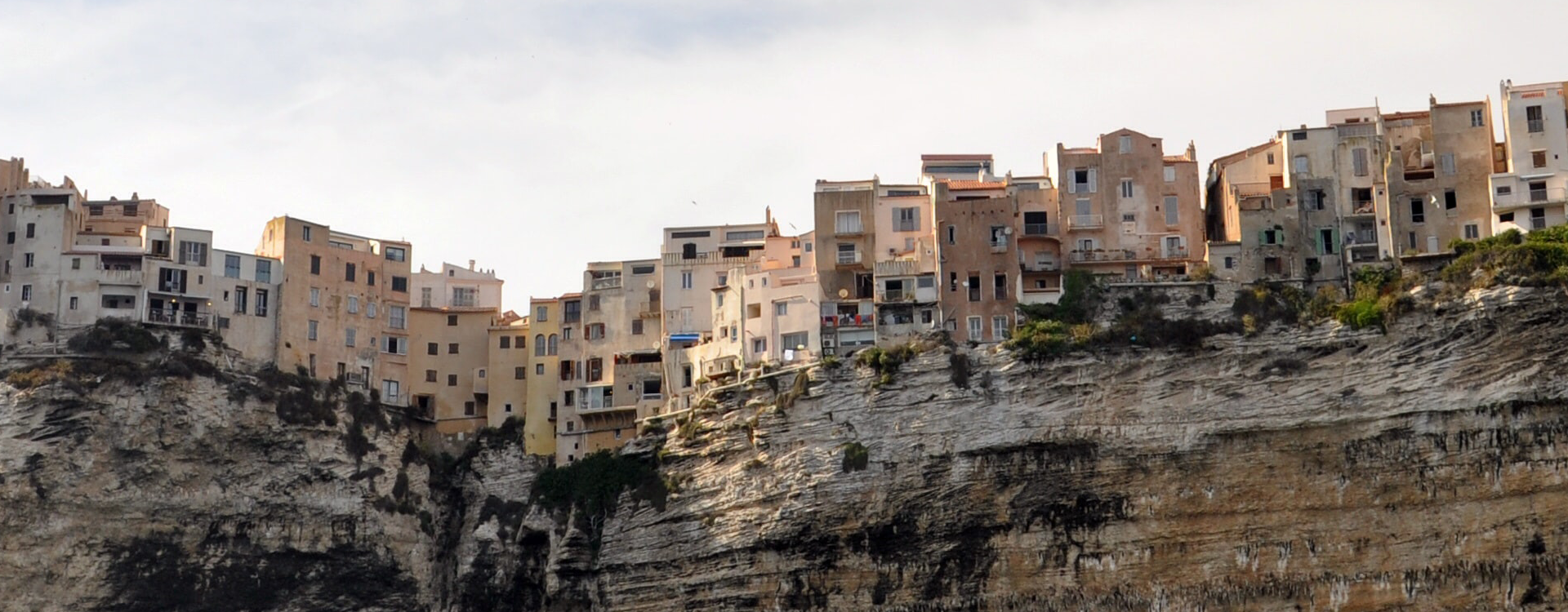
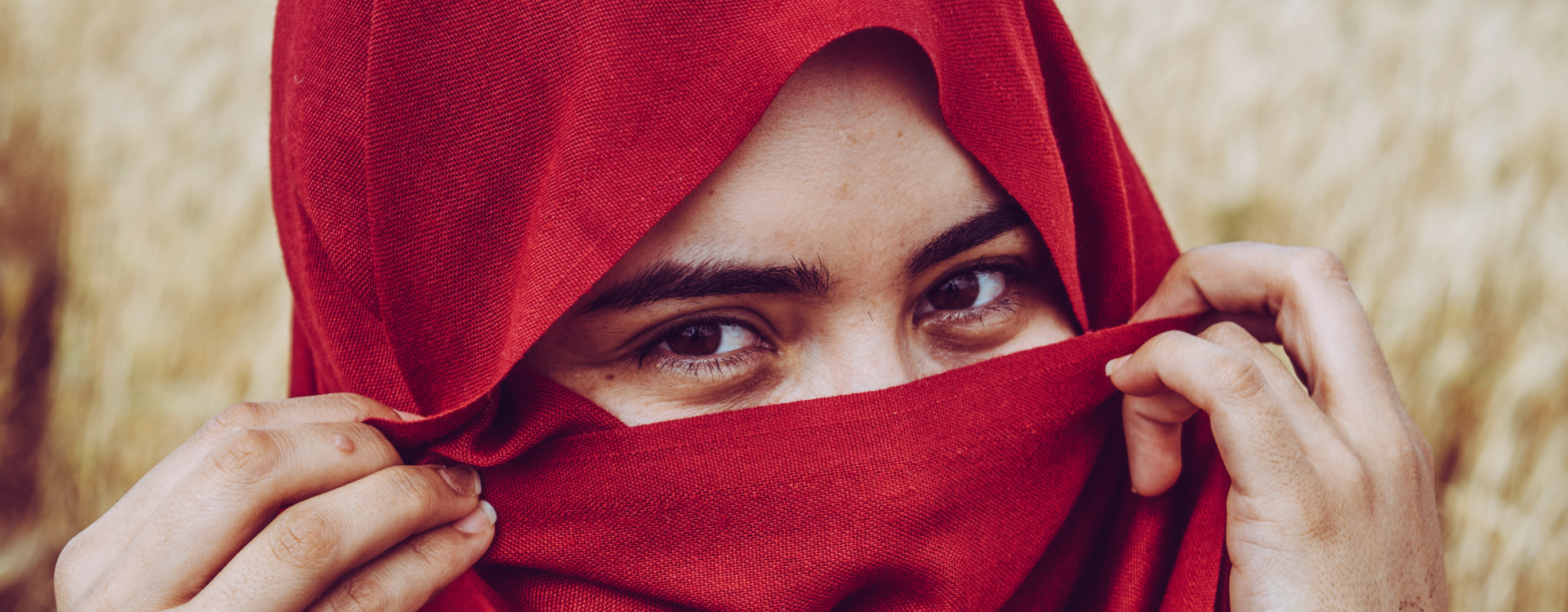
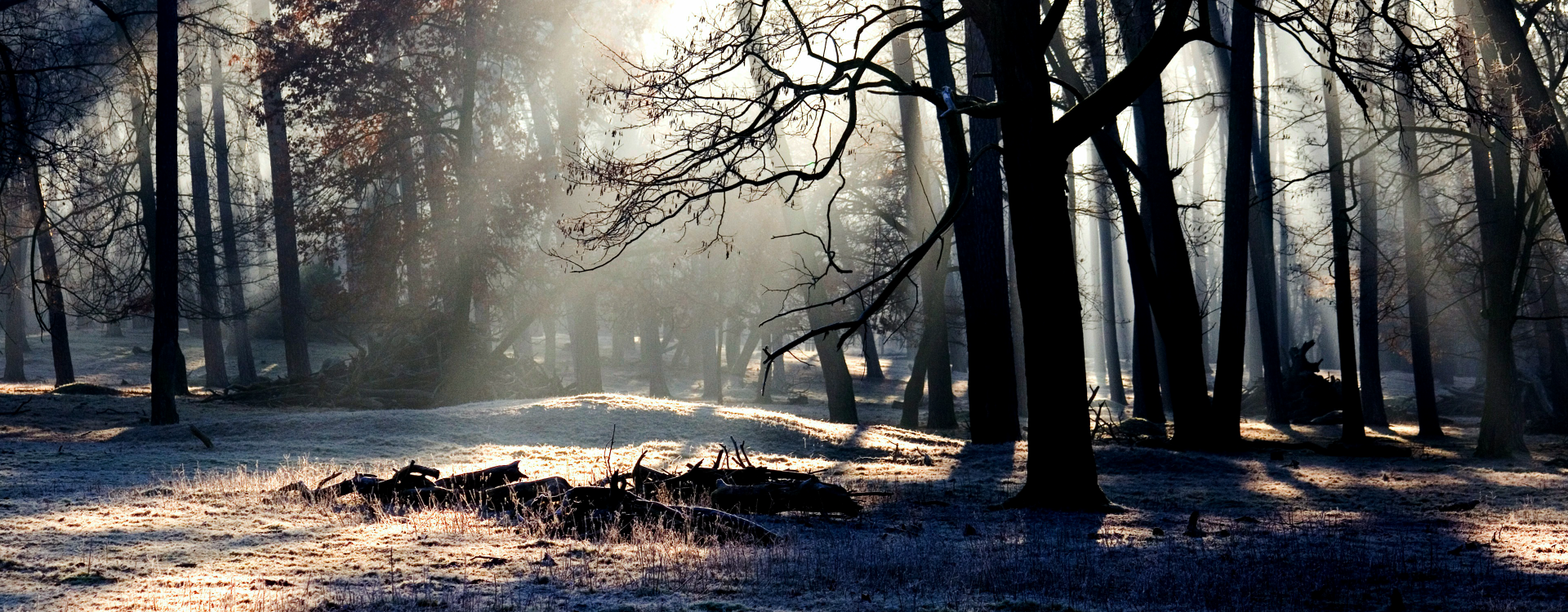
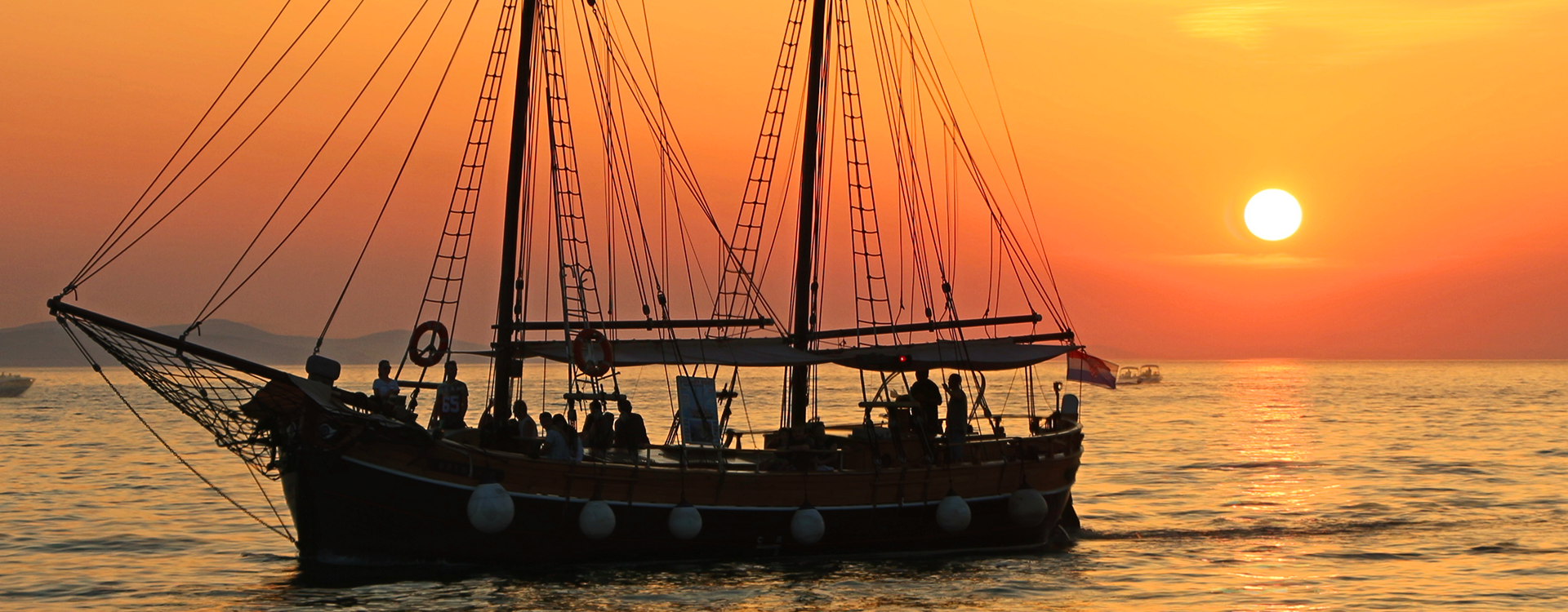

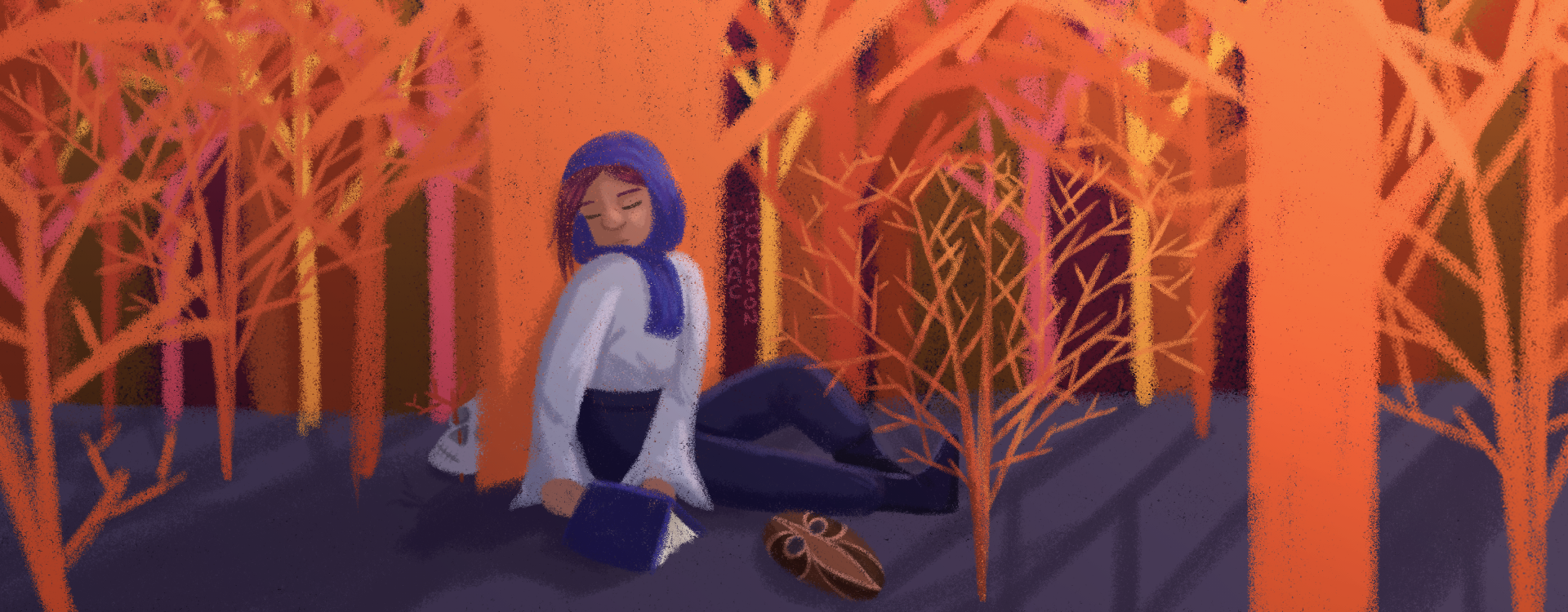


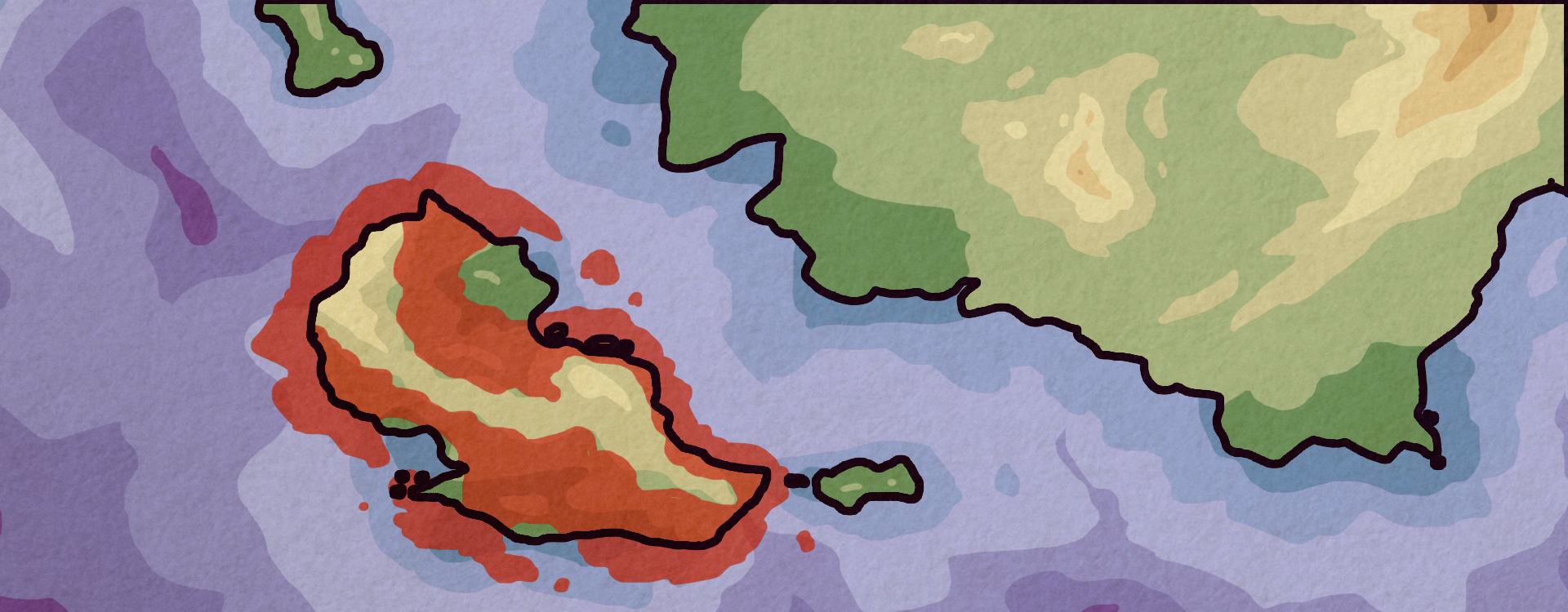
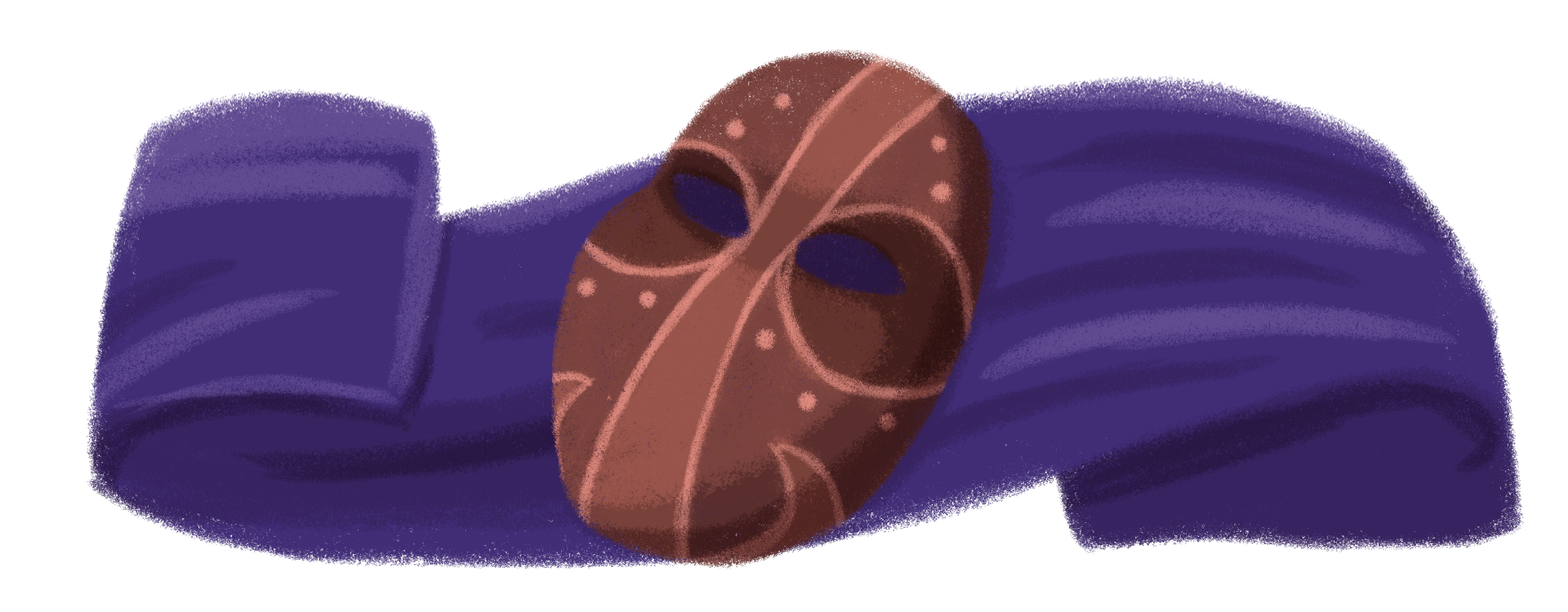


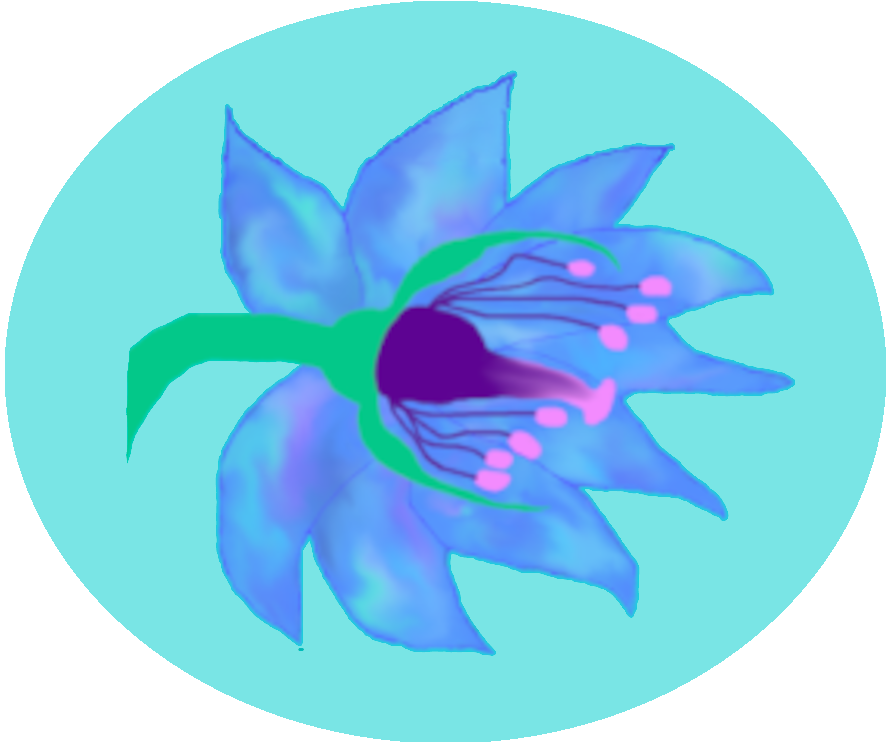
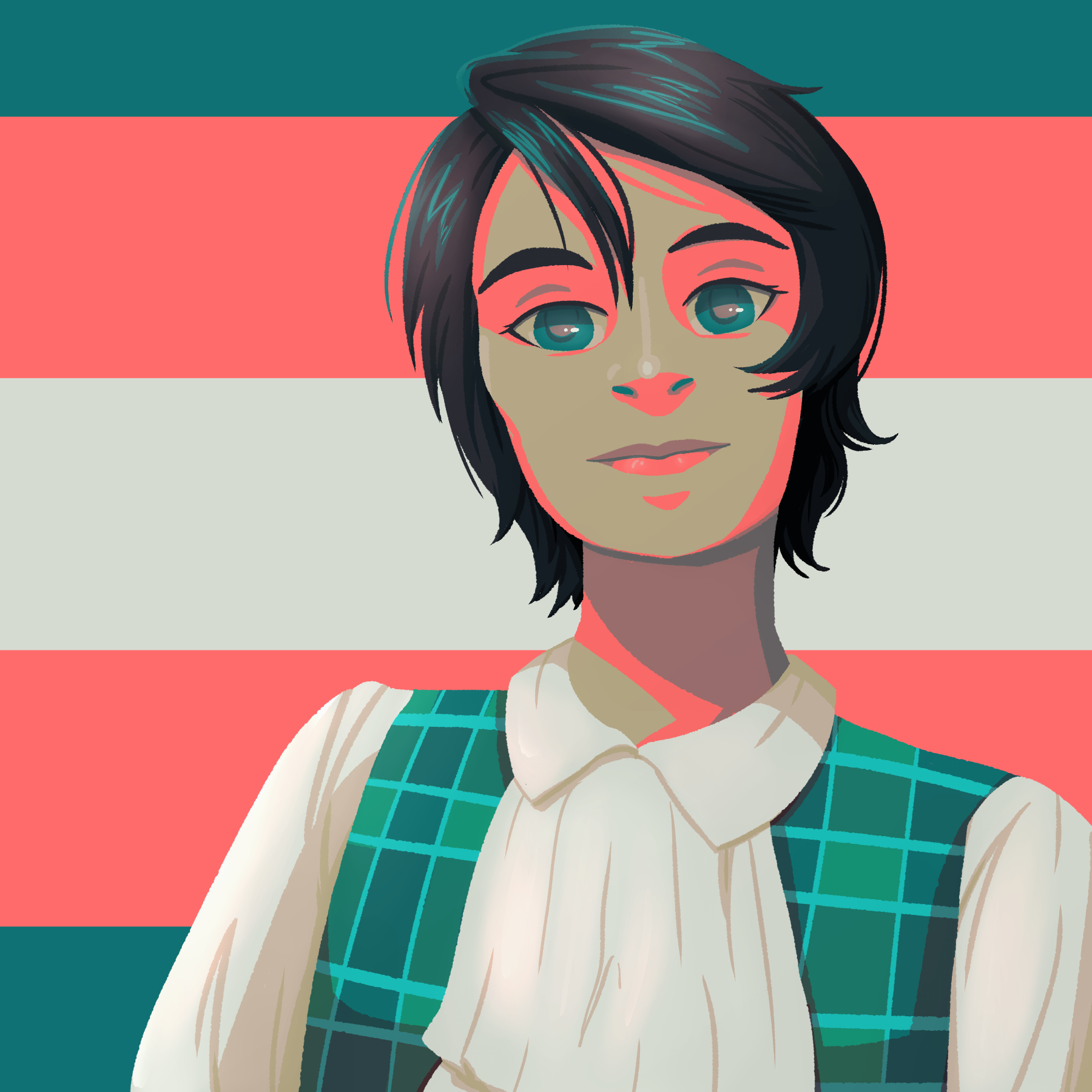





Oh wow, this is a really fascinating entry. There are so many unique aspects to this plant, from being the first aquatic plant I read about to the effects of its spores! Going through one of these forests sounds like an absolutely chilling experience, it could make for many great scenarios. I also love the art you did for the article! Great work all around :DD!